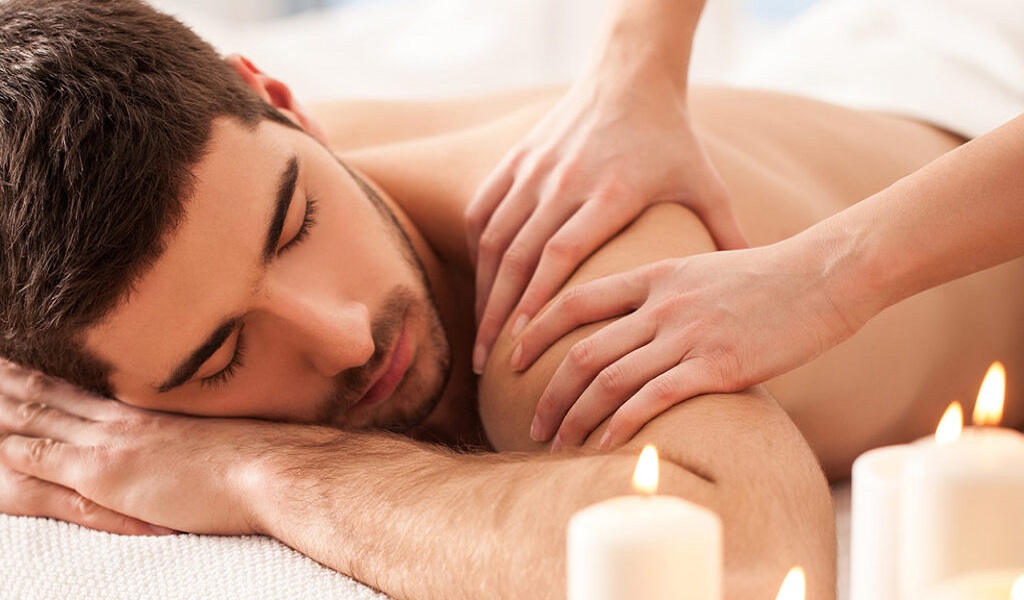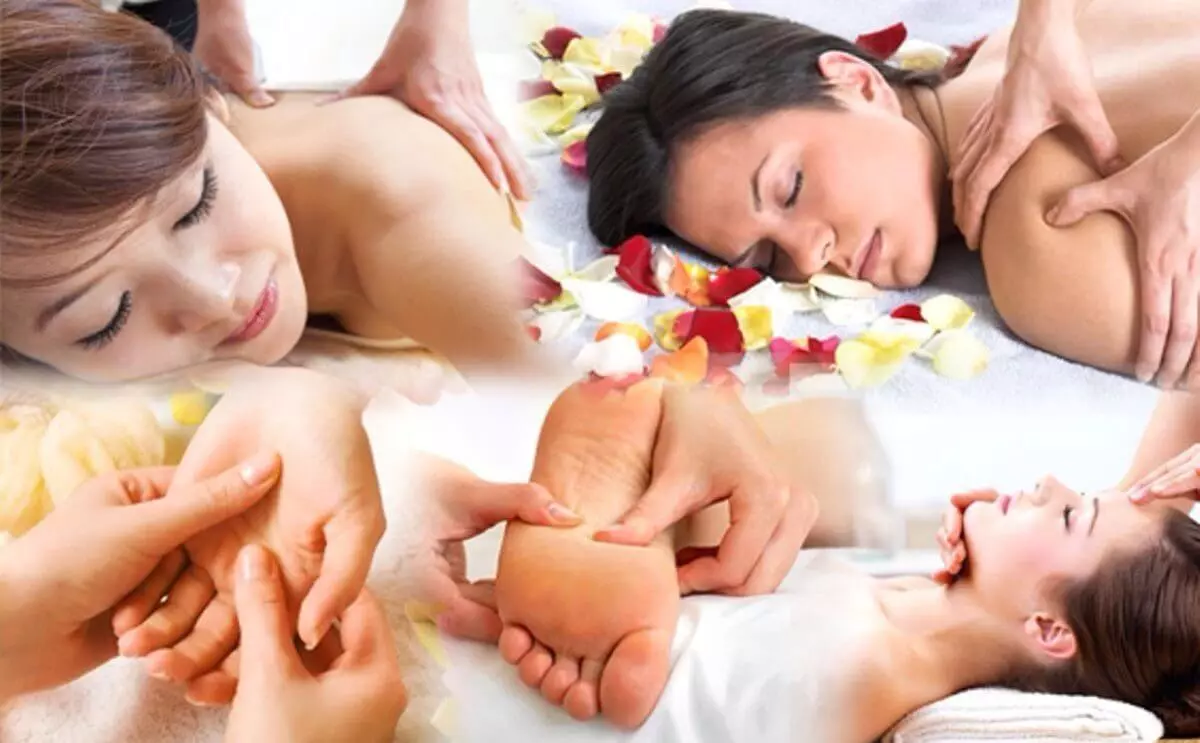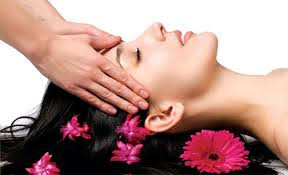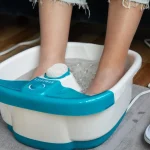During a Swedish massage, what Happens?
The therapist lubricates the skin with massage oil and uses numerous massage strokes, including the standard Swedish massage techniques of effleurage, petrissage, friction, tapotement, vibration/nerve strokes, and Swedish gymnastics.
Warming up the muscle tissue, releasing stress, and eventually breaking up muscle “knots” or adhered tissues, known as adhesions, are the goals of these movements. Swedish massage encourages relaxation, among other health benefits, but the practitioner should inquire about any accidents or other problems that the therapist should be aware of prior to the massage.

During the massage, what happens?
Your massage therapist would want to hear about your trouble areas before starting your deep tissue massage. A deep tissue massage can target any part of your body or only a specific region.
You’ll be asked to lie on your back or stomach under a sheet until you’re ready. Your level of undress is up to you, but the area that needs to be improved on must be revealed.
The massage therapist will use a lighter touch to warm up the muscles. They’ll begin working on your trouble areas once you’ve warmed up. Deep kneading and stroking with different degrees of extreme pressure will be used.
Massage’s dangers:
Massage is beneficial to almost all. Massage, on the other hand, might not be sufficient if you have:
- Whether you have a bleeding problem or are taking blood thinners
- Burns or wounds that are healing
- Thrombosis of the deep veins
- Illnesses
- Bone fractures (fractures)
- Osteoporosis that is serious
- A platelet count that is very poor (severe thrombocytopenia)
Consult your doctor about the benefits and disadvantages of massage, particularly if you’re pregnant, have cancer, or are having unexplained pain.
Some massages will make you feel a little sore the next day. Massage, on the other hand, should not be painful or unpleasant in most cases. Speak up if some part of your massage doesn’t feel right or is uncomfortable. Overuse of pressure during massage causes the majority of serious problems.
During a massage, you should predict the following:
Massage does not necessitate any special training. Before starting a massage therapy session, your massage therapist may inquire about any symptoms you might be having, as well as your medical history and what you expect to learn from massage. Your massage therapist should describe the type of massage and methods that will be used.
You undress or wear loose-fitting clothes during a standard massage the壯陽藥
rapy session. Just undress to the point where you’re at ease. In most cases, you can lay down on a table and be covered by a board. When you undress before the massage and when you dress afterward, your massage therapist will leave the room. You can even get a massage when fully dressed in a chair. To find uncomfortable or stressed areas and assess how much pressure to apply, your massage therapist can conduct a touch test.
Your massage therapist can use oil or lotion to minimise pressure on your skin, depending on your preferences. If you’re allergic to any of the ingredients, let your massage therapist know.
Depending on the type of massage and how much time you have, a massage session will last anywhere from 10 to 90 minutes. You should feel calm and comfortable during and after your massage, regardless of the type of massage you choose. Maintain a natural breathing pattern during your massage.

Karen is a health blog author who has been writing about healthy living since 2013. She started her journey by adopting a vegan diet and eating only organic foods, but the more she learned, the more she realized that we should all be eating plant-based diets exclusively. As an expert in nutrition and wellness, Karen blogs to educate readers on how they can live happier and healthier lives through food choices!






